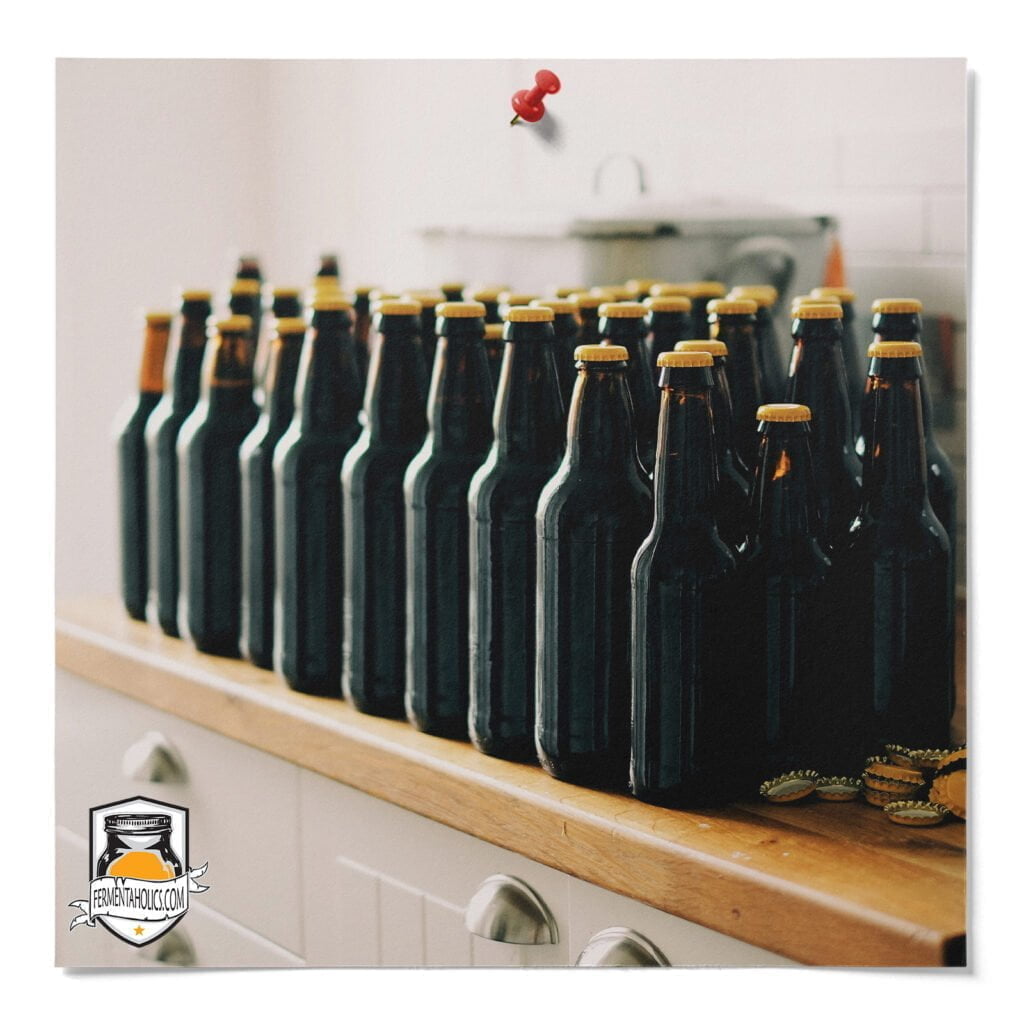
So, you’ve finished brewing your first batch of homebrewed beer and are ready to bottle and add your priming sugar. Before we jump into specific measurements, let’s make sure we are clear on exactly what priming sugar is. Priming Sugar is any sugar that is added to a fermented beer before bottling. The most popular forms of priming sugar are corn sugar, table sugar, and dry malt extract, also known as DME.
TL;DR: The rule of thumb for a 5-gallon batch is 3/4 cup of corn sugar, 2/3 cup of table sugar, or 1 1/4 cups DME.
Determining the correct amount of priming sugar for your brew differs on a few different factors, but for the sake of this article, we will stick with the rule of thumb for a 5-gallon batch using the three most popular priming sugars listed above. To execute your priming, also known as bottle conditioning, for a 5-gallon batch, you would need either: ¾ cup of corn sugar, 2/3 cup of table sugar, or 1 ¼ cups DME. Each priming sugar varies in volume and fermentability, so there is no uniform measurement across the board, but these benchmarks are a great starting point and three of the most accessible ingredients for the homebrewing world.
Depending on what priming sugar you use, there can be many different effects. The three listed above are a perfect start for your first brews as they will mainly create the desired carbonation levels in your beer. But if you were to use a different priming sugar, let’s say molasses, you will not only create the carbonation but also influence the flavor, sweetness, and final color of your beer. We recommend starting with corn sugar or table sugar, and then start experimenting from there. We hope this article helps clear up any confusion you may have had and let us know how we can be of further help!

The amount of priming sugar needed varies depending on the type and volume of the beverage. Generally, a rule of thumb for beer is 3/4 cup of priming sugar for 5 gallons.
Corn sugar (dextrose), cane sugar, and dry malt extract (DME) are commonly used as priming sugars.
Corn sugar and cane sugar generally don’t contribute any flavor, but DME can influence the taste of the beer since it is made from grains.
Dissolving the priming sugar in boiling water ensures that it gets evenly distributed throughout the brew, leading to consistent carbonation in every bottle.
Yes, honey can be used as priming sugar, but since its sugar concentration can vary, it’s harder to predict the exact level of carbonation it will provide.
Using too much priming sugar can result in over-carbonation, potentially causing excessive foaming or in worst cases, causing bottles to explode.
Using too little priming sugar could result in under-carbonated beer, which might lack the expected level of fizziness.
It typically takes about two weeks for the priming sugar to fully carbonate the beer.
If you prefer a non-carbonated or still beer, you may skip using priming sugar. However, for a traditional, carbonated beer, priming sugar is crucial.
